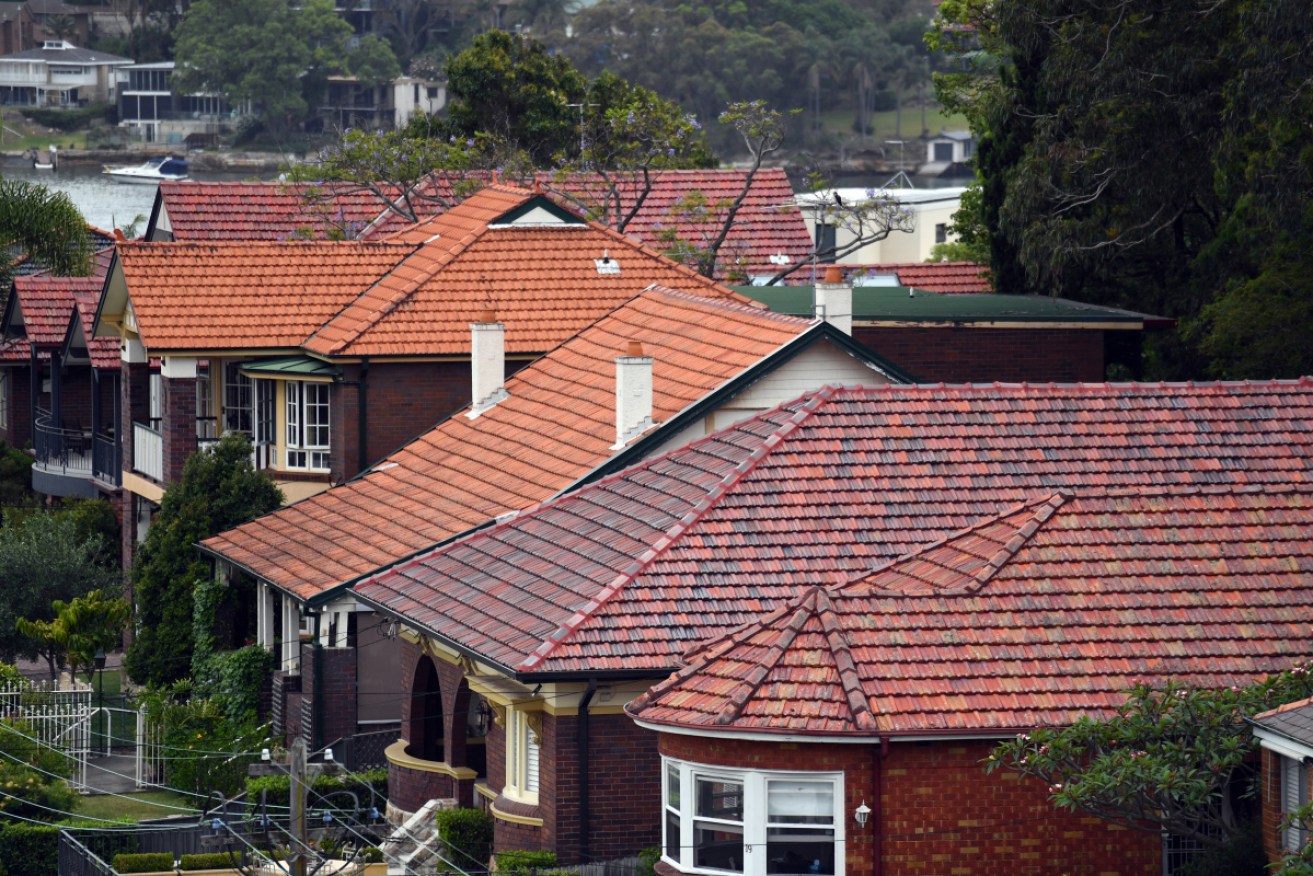Property prices sluggish as Melbourne values decline


Property price growth has slowed markedly ahead of Christmas, new figures show. Photo: AAP
Australian property prices rose 0.6 per cent in November, the slowest increase since the market began rebounding in February, states data from CoreLogic.
Published on Friday, the monthly home value index showed national property prices are now 8.3 per cent higher than their trough in January, in what analysts have called a “V-shaped recovery”.
But with the pace of growth now slowing into 2024 some capitals have started going backwards, with Melbourne (-0.1 per cent), Hobart (-0.1 per cent) and Darwin (-0.3 per cent) all down in November.
Property prices across Sydney continue to rise (up 0.3 per cent), but the pace has markedly slowed from earlier this year and even started falling slightly over the last week of November.
Strong gain in Perth
Other capitals are posting much stronger results, with Perth posting its largest monthly gain since March 2021 in November at 1.9 per cent and Brisbane posting a strong 1.3 per cent rise.
CoreLogic research director Tim Lawless said there’s a clear imbalance between available supply and demand in markets where property prices are continuing to increase rapidly.
“Demonstrated demand is keeping strong upwards pressure on housing values across these markets, despite the downside factors leading to weaker housing market conditions across the lower eastern seaboard,” Lawless said.
“The Melbourne Cup Day rate hike has clearly taken some heat out of the market, but other factors like rising advertised stock levels, worsening affordability and persistently low consumer sentiment are also acting as a drag on value growth in some markets.”
The gap between regional and capital city property prices growth has also “converged” in November, with both the combined capital and combined regional index rising 0.6 per cent.
“While housing values across both of these broad regions found a floor in January, the combined capitals index has since increased by more than double the combined regionals index, up 9.6 per cent and 4.3 per cent respectively to the end of November,” Lawless said.
On a national level the slowing in property prices has been anticipated, particularly as higher interest rates weigh on market confidence heading into 2024.
Will prices rise or fall?
Some forecasters are expecting prices will begin falling nationally – and crucially across Sydney – next year as the borrowing power squeeze hits home for buyers looking to purchase property.
But another view is that prices will continue to increase, albeit at a much slower pace, with low levels of available supply and elevated population growth set to prop up most home values.
To date the slowdown in Melbourne and Sydney has been most evident in expensive markets, with the upper quartile of properties now seeing the lowest growth both monthly and quarterly.
“The more expensive end of the market tends to lead the cycles in these cities,” Lawless said.
“As borrowing capacity reduces, we may be seeing more demand deflected towards lower housing price points, with the broad middle of the market now recording the strongest rate of growth in Sydney and Melbourne.”
Much will depend on interest rates, with the Reserve Bank to meet for the final time in 2023 next week to decide whether a fresh mortgage squeeze is warranted.
Many forecasters are expecting a pause in December, but haven’t ruled out further increases early next year, particularly if inflation proves to be more stubborn than central bankers anticipate.








